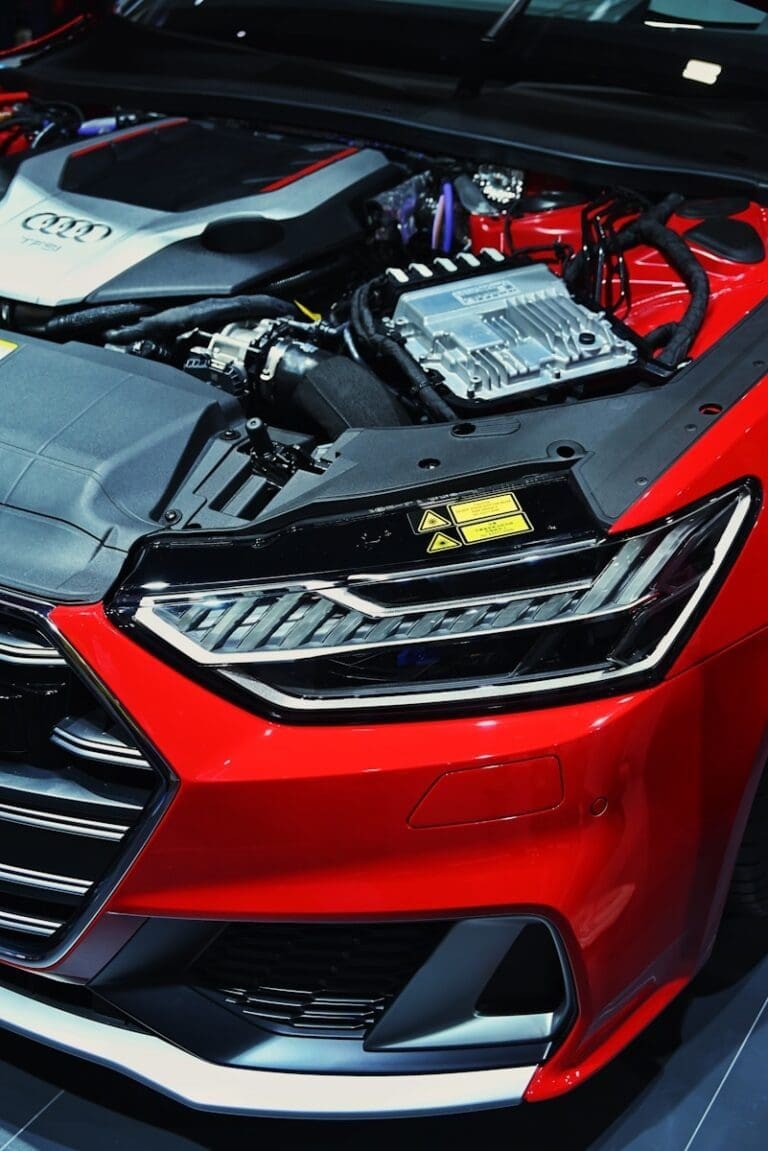Performance • Diagnostics • Real fixes
Losing power or seeing odd fuel use? These are the 10 fault codes that kill BHP most often — and the exact steps we take to fix them. If you want quick gains after a safe tune, start by clearing the issues below and then check expected power with our remap calculator.
1) P0300–P030x: Random/Single-Cylinder Misfire
Table of Contents
ToggleMisfires waste fuel and smash BHP. The ECU pulls timing to protect the engine, so the car feels flat and hesitant.
How we fix it
- Read live data (misfire counters, trims, ignition timing) during a road test.
- Swap-test coils and plugs; inspect injectors and compression if needed.
- On diesels, check pilot correction and rail pressure.
If the light is flashing, stop driving and book engine diagnostics.
2) P0171: System Too Lean (Bank 1)
Unmetered air or weak fuel delivery leans the mix. Power drops and detonation risk rises on turbo petrols.
How we fix it
- Smoke test for intake leaks; inspect PCV and vacuum lines.
- Fuel pressure/flow check; evaluate trims at idle and load.
- MAF/MAP plausibility test and re-learn after cleaning or replacement.
3) P0101: Mass Air Flow Range/Performance
A lazy MAF under-reports airflow, so the ECU cuts fuel and target boost. Result: sluggish throttle and poor BHP.
How we fix it
- Log MAF g/s vs. RPM and boost; compare to known-good values.
- Check filter housing/induction for restrictions; clean or replace the sensor.
- Reset adaptations and verify results on a controlled pull.
4) P0299: Turbo/Supercharger Underboost
Target boost not reached. Causes include boost leaks, sticky VNT vanes, tired actuator, or a weak turbo.
How we fix it
- Pressure/smoke test intercooler, hoses, and clamps.
- Actuator and wastegate/VNT control test; check N75/solenoids.
- Log requested vs. actual boost on-road; confirm with a post-repair BHP check.
When hardware is healthy, a safe Stage 1 remap restores response and mid-range punch.
5) P0401: EGR Flow Insufficient
Sticking EGR valves and blocked intakes choke airflow, reduce boost, and dull throttle response.
How we fix it
- Command EGR through duty cycles; check MAF reaction.
- Inspect/clean intake tracts and EGR coolers; fix vacuum control faults.
- Update ECU where applicable; road-test under load.
6) P2002: DPF Efficiency Below Threshold
A soot-loaded filter raises back-pressure and strangles BHP. You’ll feel it most on hills and during overtakes.
How we fix it
- Check differential pressure sensor values and temperature sensors.
- Forced or off-vehicle clean depending on load/ash content.
- Fix the cause (short trips, failed glow plugs, faulty thermostats).
See our DPF cleaning service for options and pricing.
7) P2463: DPF Soot Accumulation
Similar to P2002 but focused on soot load calculation. If ignored, the ECU will limit power to protect the engine.
How we fix it
- Confirm soot vs. ash; inspect exhaust leaks pre-DPF.
- Clean the DPF and reset adaptations; verify regeneration strategy.
- Check EGR and boost control so the problem doesn’t return.
8) P20EE: SCR NOx Catalyst Efficiency Below Threshold
On many Euro 6 diesels this triggers limp mode, cuts torque, and lights the AdBlue warning. BHP falls off a cliff.
How we fix it
- Live NOx sensor evaluation; heater and downstream sensor checks.
- AdBlue dosing test and injector inspection for crystallisation.
- SCR catalyst efficiency test; software updates where required.
Read our legality guide: Is AdBlue delete legal in the UK? We keep vehicles road-legal and fix the system correctly.
9) P204F: Reductant System Performance
Relates to the AdBlue/DEF system as a whole. Common on Transit, Crafter, Sprinter, and PSA vans. Power reduction and countdown messages are typical.
How we fix it
- Pressure and pump duty checks; level and quality tests.
- Heater circuit and line inspection for freezing or blockage.
- Re-prime, clear faults, and perform a dosing/drive cycle.
We handle full AdBlue repair and dosing tests in-house.
10) P20E8: Reductant Pressure Too Low
Often a weak pump, leaking line, or crystallised injector. The ECU reduces torque to limit emissions breaches.
How we fix it
- Command pump tests and observe pressure build time.
- Flush and replace filters; repair lines and seals.
- Finalise with a monitored road cycle to confirm stable pressure and restored power.
What to Do If You See These Codes
- Don’t clear and hope. Save a scan report — freeze-frame data tells us exactly when and how the fault happens.
- Check your baseline power. Use the remap calculator or our BHP guides to compare stock vs. current output: check by reg or check by OBD.
- Fix the cause first. A remap on a sick engine won’t deliver gains. Book diagnostics or a DPF clean if soot load is high.
- Then tune for safe gains. Once healthy, a Stage 1 remap brings back lost BHP and adds torque where you use it most.



